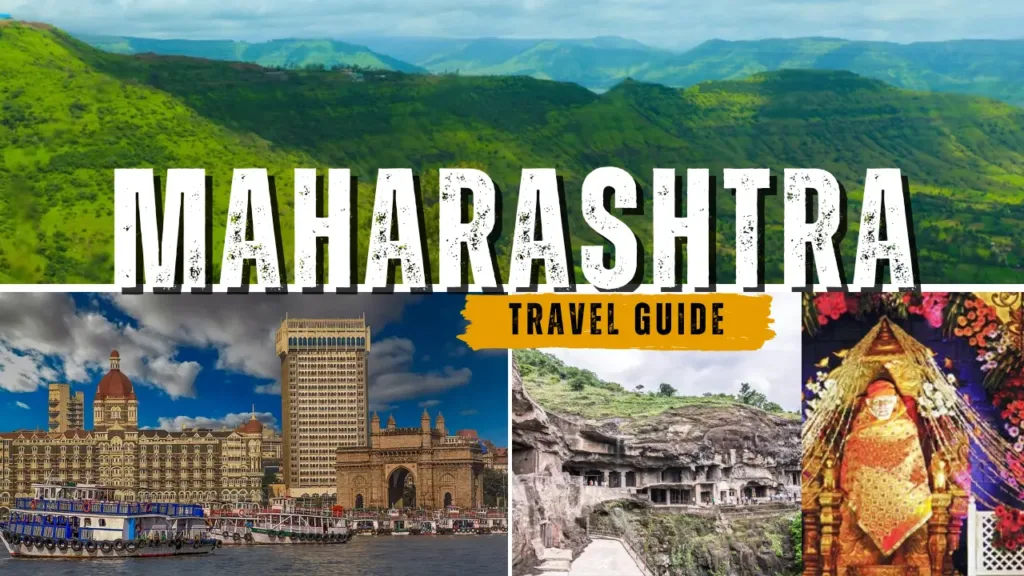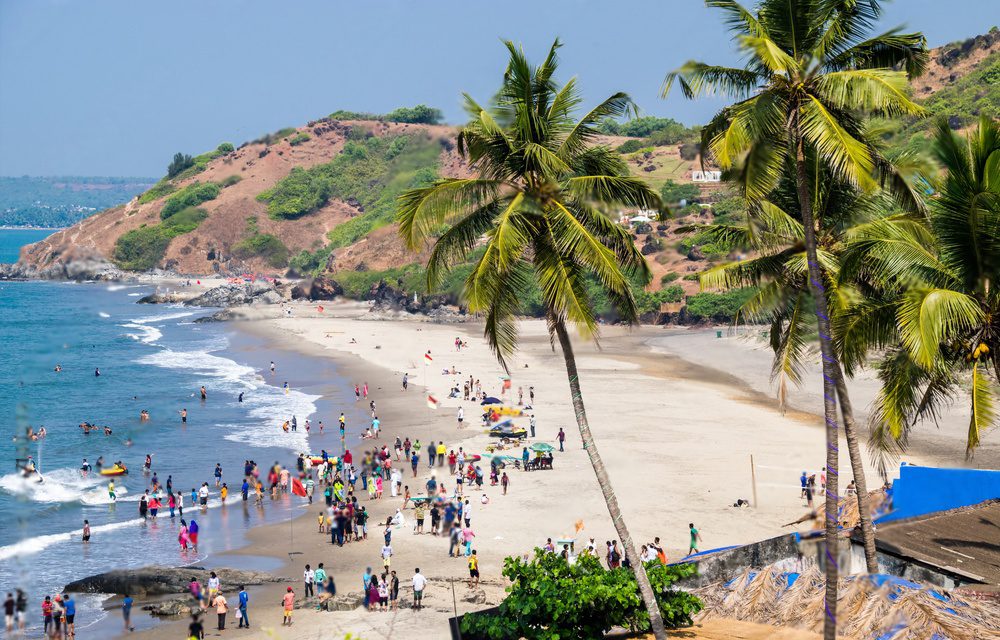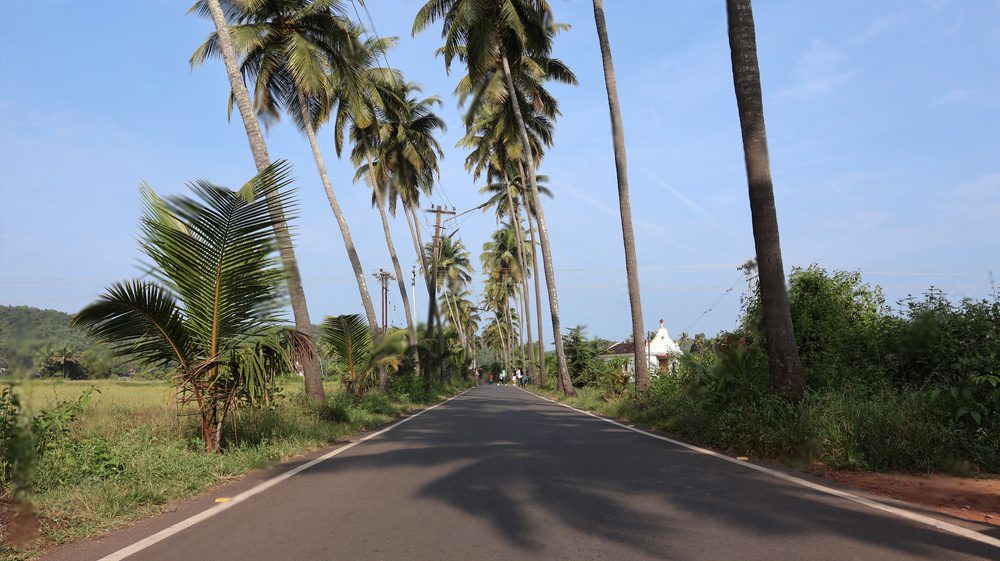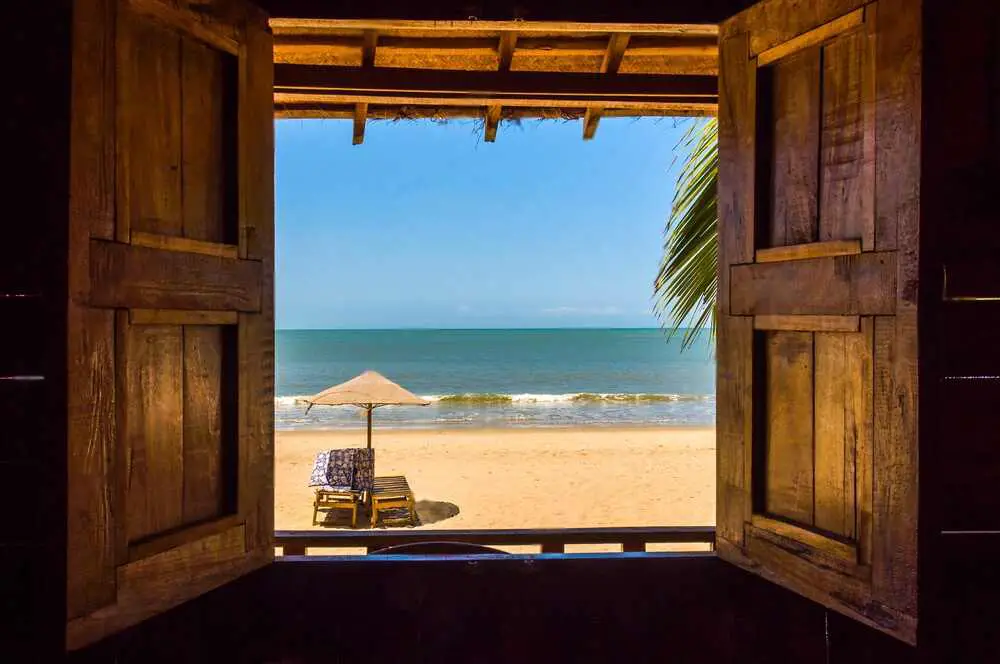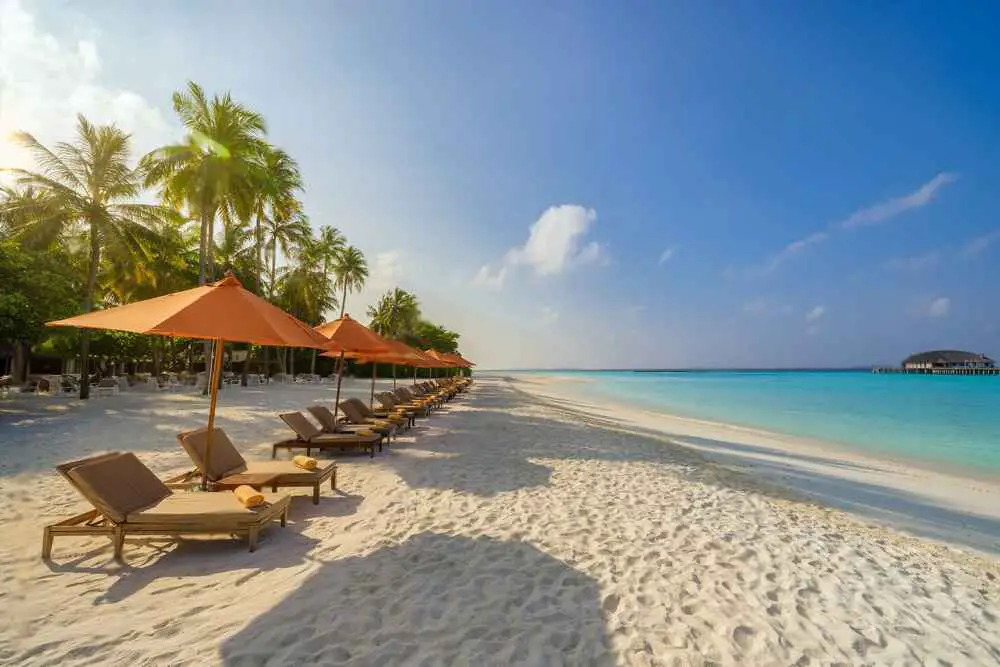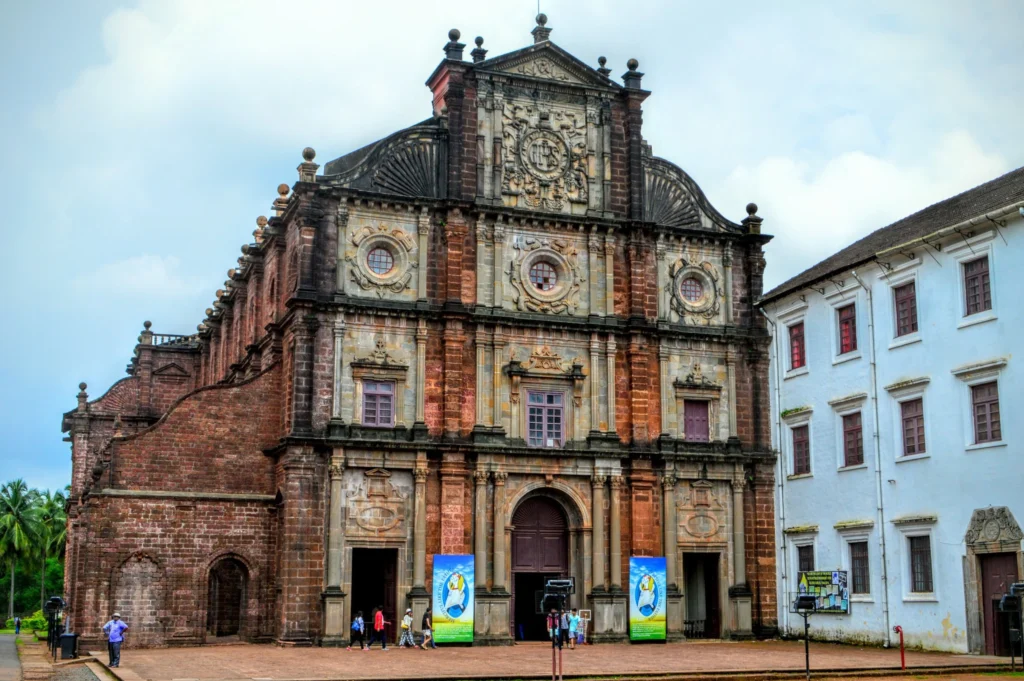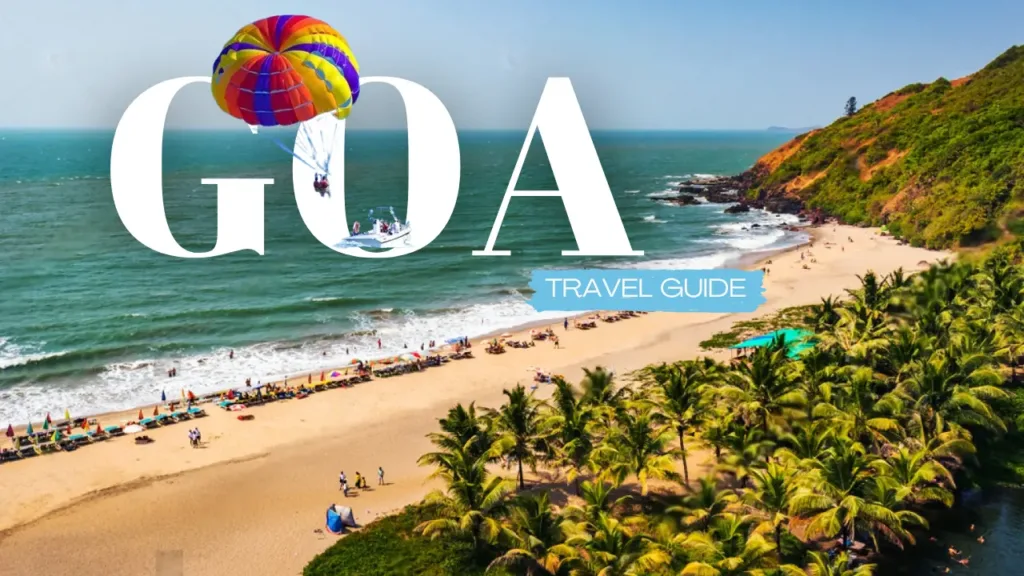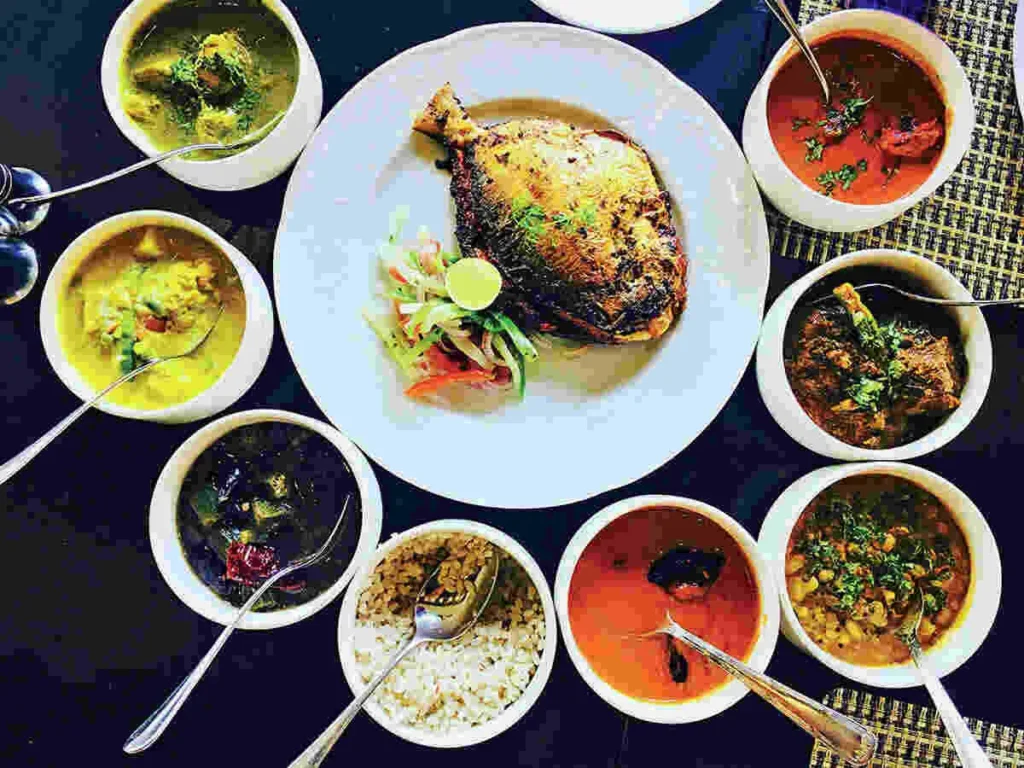India’s Maharashtra beckons! Imagine stepping into a land where bustling cities dance with peaceful mountains, history whispers with every turn, and flavors burst on your tongue. Whether you’re a solo adventurer, a family on a bonding spree, or a group of friends chasing new experiences, Maharashtra has something for everyone.
How to reach Maharashtra:
By Air:
- Several airports in Maharashtra receive domestic and international flights, including:
- Chhatrapati Shivaji Maharaj International Airport (CSMIA) in Mumbai
- Pune International Airport
- Dr. Babasaheb Ambedkar International Airport in Nagpur
- Goa International Airport in Dabolim
By Train:
- Maharashtra boasts a well-developed railway network. Major stations include:
- Chhatrapati Shivaji Maharaj Terminus (CSMT) in Mumbai
- Pune Junction
- Nagpur Junction
- Solapur Junction
By Car:
- You can drive to Maharashtra from any part of India using the network of national and state highways.
Best Time to Visit Maharastra
Maharashtra experiences three distinct seasons: summer (March-May), monsoon (June-September), and winter (October-February). The best time to visit depends on your preferences and what activities you want to enjoy:
For pleasant weather and sightseeing:
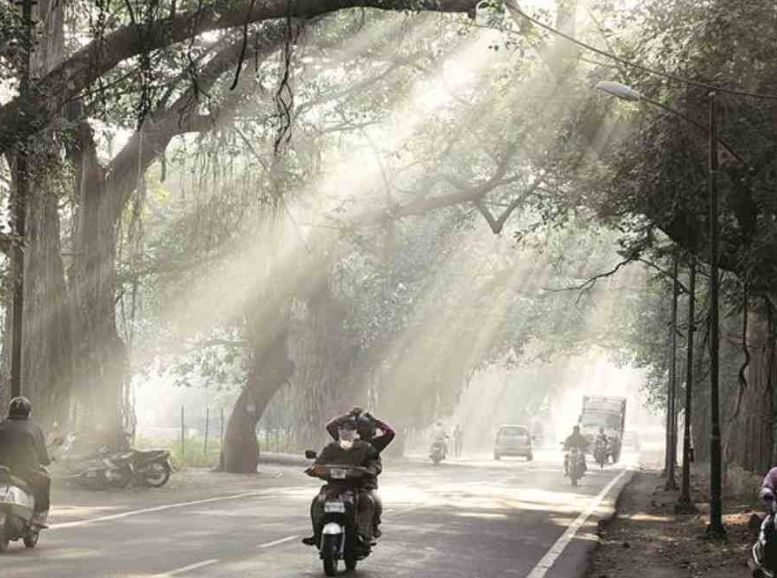

October to February: This is considered the peak season in Maharashtra, offering the most pleasant weather with temperatures ranging from 12°C to 25°C. It’s ideal for sightseeing, outdoor activities, and exploring historical sites and hill stations. However, expect larger crowds and higher prices during this time.
For budget travel and fewer crowds:
- March to May: The summer months can be quite hot and humid, with temperatures reaching up to 38°C. However, this can be a good option for budget travelers as flights and accommodation may be cheaper during this time. This is also a good time to visit the beaches, as the seas are calm.
For nature enthusiasts and wildlife viewing:
June to September: The monsoon season brings heavy rainfall, making some outdoor activities and travel challenging. However, the landscape becomes lush green, and waterfalls are at their most spectacular. This can also be a good time for wildlife viewing, as animals tend to be more active during this period.
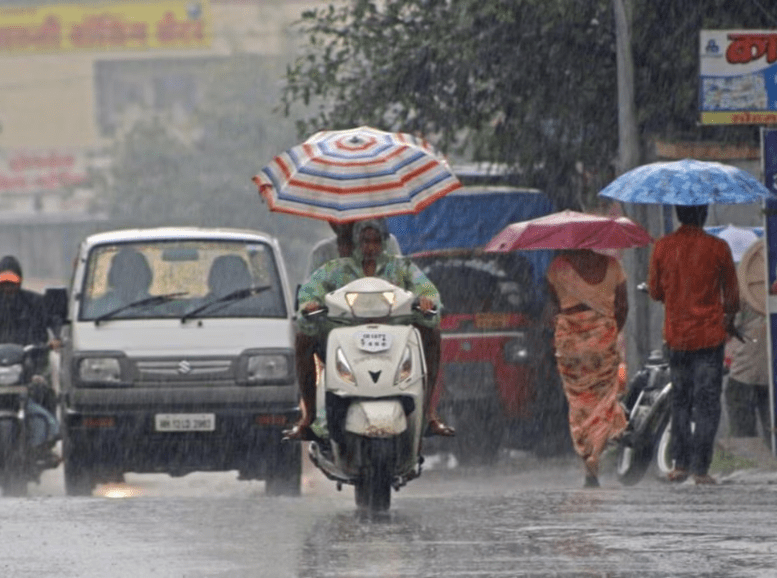

Here’s a quick summary for different types of travelers:
Hikers and trekkers: October to February (dry season)
Wildlife enthusiasts: June to September (monsoon season)
Beach lovers: March to May (summer) and October to February (except for the Konkan coast which receives monsoon rains till December)
Must-See Sights:
Mumbai – The Heart of Maharashtra:
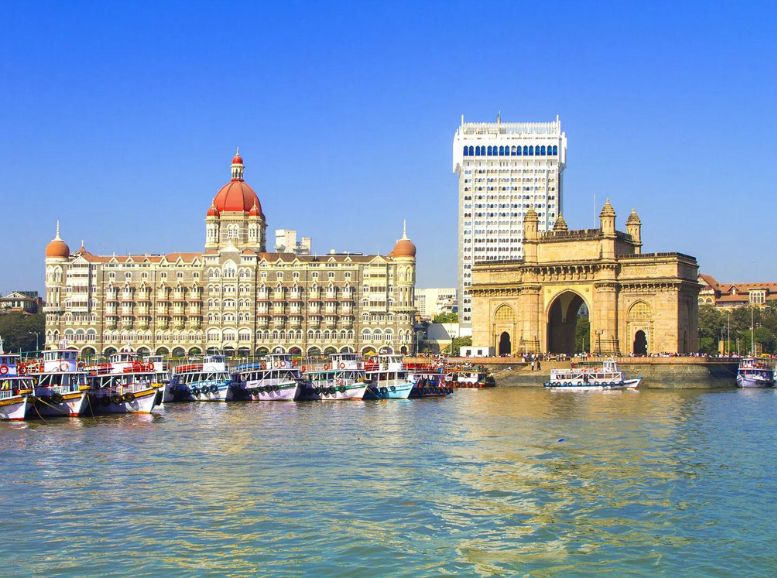

Immerse yourself in the electrifying energy of Mumbai, aptly nicknamed the “City of Dreams.” Explore iconic landmarks like the Gateway of India, the architectural marvel of Chhatrapati Shivaji Maharaj Terminus, and the scenic promenade of Marine Drive.
Ajanta and Ellora Caves – Treasures of Ancient India:
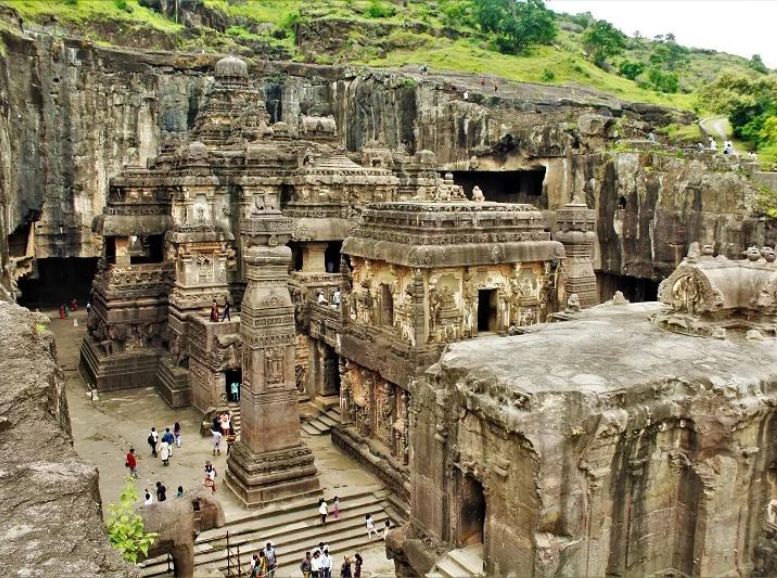

Delve into the artistic mastery of bygone eras at these UNESCO World Heritage Sites. Ajanta Caves, dating back to the 2nd century BCE, showcase intricate Buddhist rock-cut sculptures and paintings, while Ellora Caves, carved between the 6th and 10th centuries CE, depict the grandeur of Hinduism, Buddhism, and Jainism.
Lonar Crater Lake:
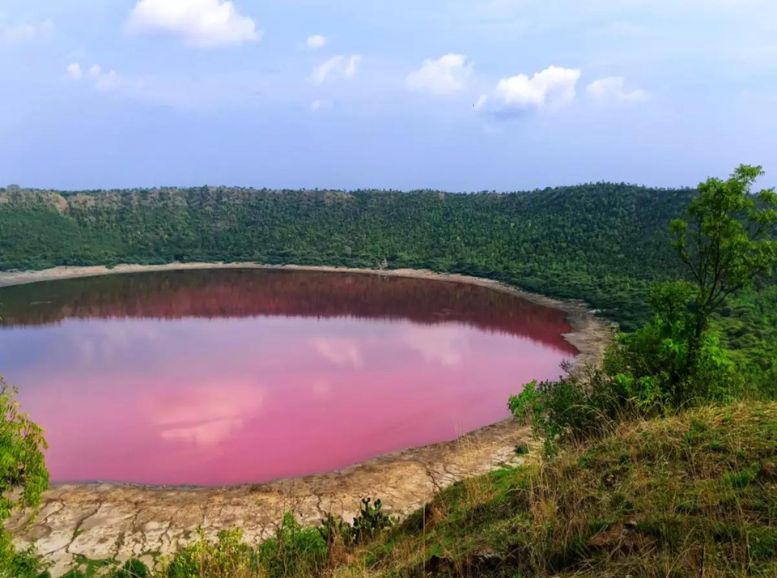

Lonar Crater Lake is a fascinating natural wonder located in the Buldhana district of Maharashtra, India. Formed over 50,000 years ago by a meteorite impact, it is one of the oldest and largest crater lakes in the world. The lake is surrounded by steep walls, created by the force of the impact, and is approximately 1.8 kilometers in diameter.
Bibi Ka Maqbara: Maharashtra
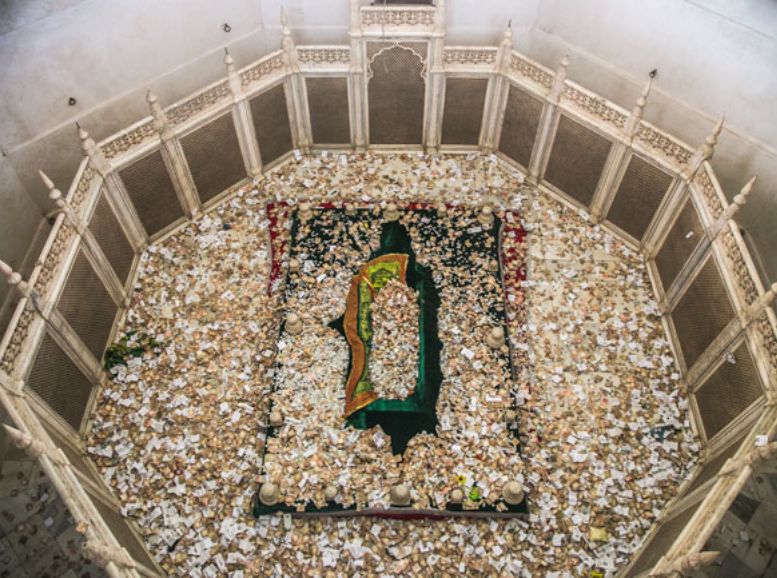

Bibi Ka Maqbara is a majestic mausoleum located in Aurangabad, Maharashtra, India. Built in the late 17th century by Mughal Emperor Aurangzeb in memory of his wife, Dilras Banu Begum, it is often referred to as the “Taj of the Deccan” due to its resemblance to the iconic Taj Mahal in Agra. The mausoleum is renowned for its stunning architecture, featuring intricate carvings, delicate marble screens, and ornate domes.
Sewri Mudflats:
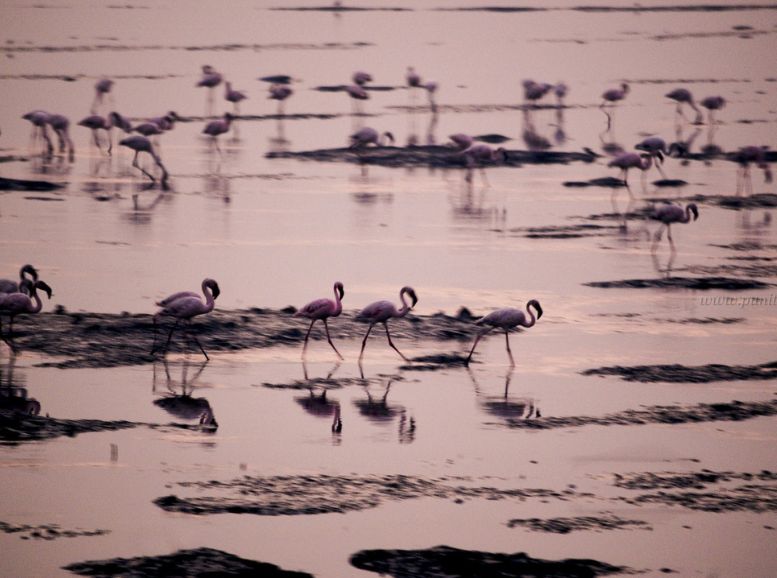

Sewri Mudflats is a fascinating natural habitat located in Mumbai, Maharashtra, India. Situated along the eastern coast of the city, these mudflats are an important ecosystem that supports a rich diversity of bird species, particularly during the winter months when migratory birds flock to the area.The mudflats are characterized by vast expanses of marshy terrain, interspersed with shallow pools of water, making it an ideal feeding and resting ground for birds.
Sanjay Gandhi National Park:
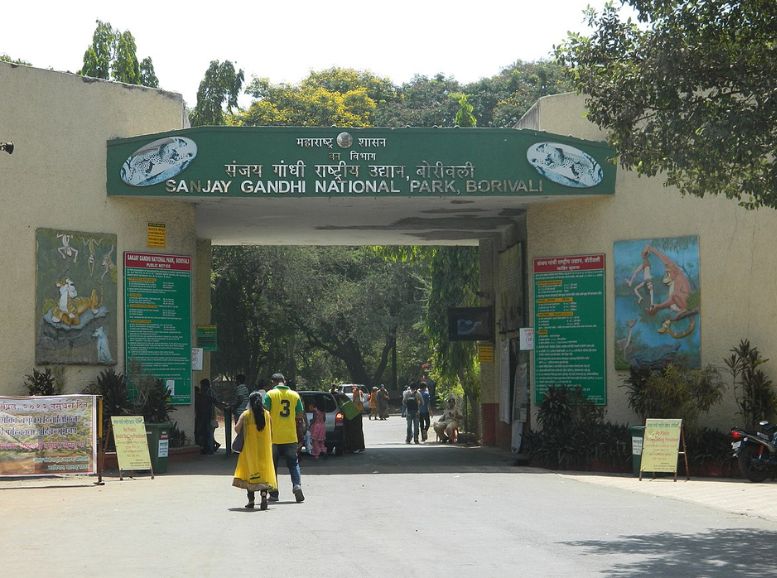

Sanjay Gandhi National Park is a sprawling protected area located in Mumbai, Maharashtra, India. Spanning over 100 square kilometers, it is one of the largest urban national parks in the world, providing a green oasis amidst the bustling cityscape. The park is home to diverse flora and fauna, including dense forests, rich biodiversity, and a variety of wildlife species. One of the highlights of Sanjay Gandhi National Park is the presence of the Kanheri Caves, a complex of ancient Buddhist rock-cut caves dating back to the 1st century BCE.
Kolhapur – A Tapestry of Tradition and Taste:
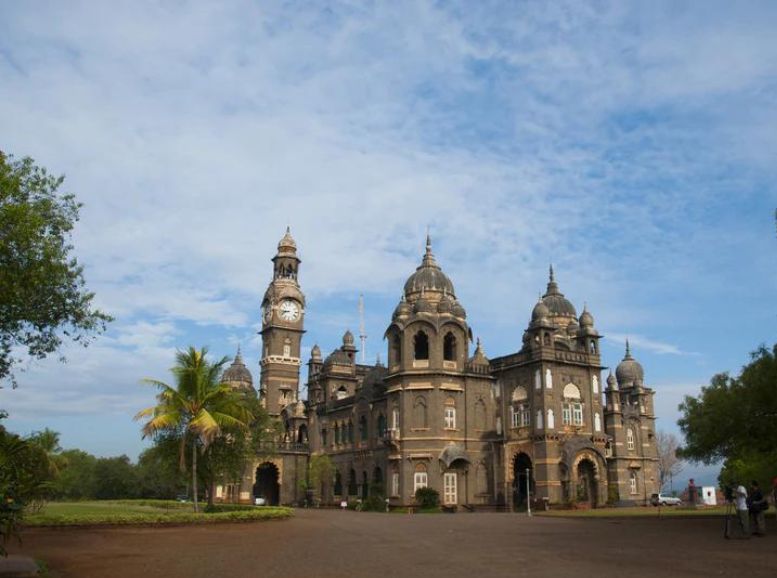

Renowned for its opulent temples, traditional art forms like Kolhapuri chappals, and delectable cuisine, Kolhapur is a treasure trove of cultural delights. From the majestic Mahalaxmi Temple to the aromatic spices of its culinary delights, every corner of Kolhapur resonates with a timeless charm that captivates the senses and leaves a lasting impression on visitors.
Lonavala-Khandala – Tranquil Escapes:
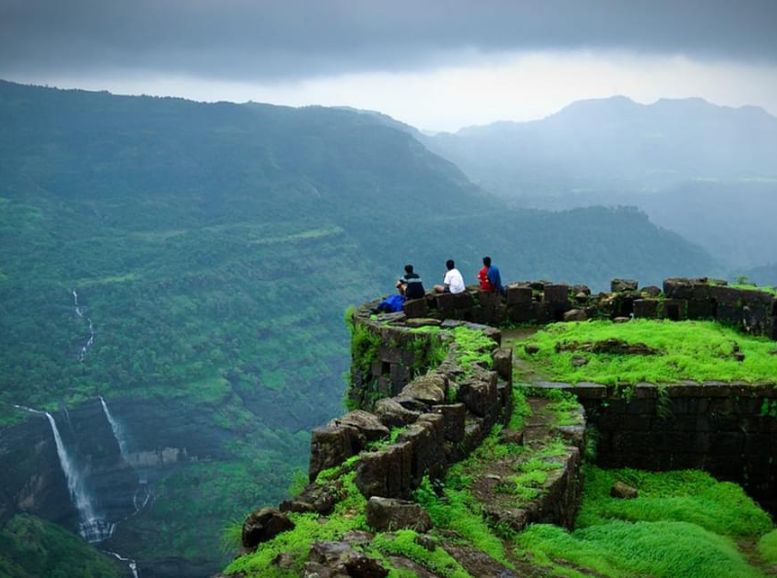

Just a short drive from Mumbai and Pune lie the picturesque hill stations of Lonavala and Khandala, adorned with cascading waterfalls, ancient caves, and verdant landscapes. Whether it’s trekking to the historic forts of Lohagad and Visapur or simply indulging in piping hot ‘bhajiyas’ amidst the mist, these twin towns offer a rejuvenating retreat for travelers seeking solace in nature’s embrace.
Pune – A Blend of History and Modernity:
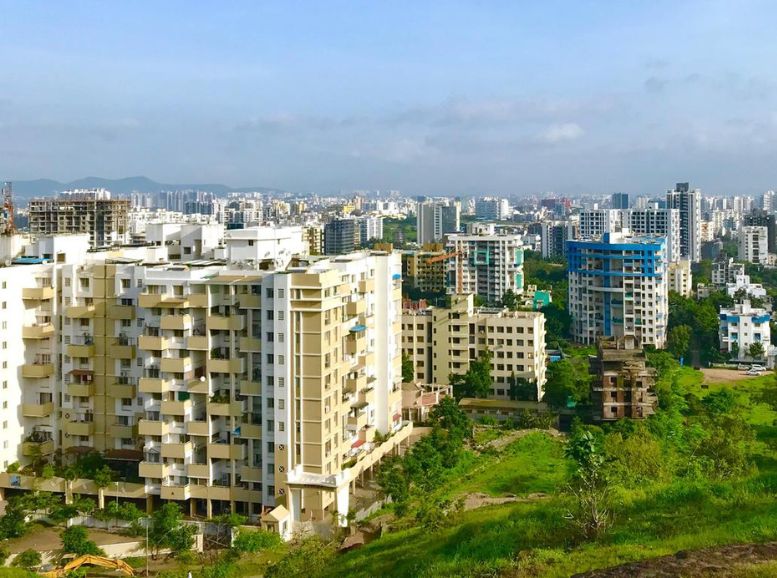

Pune, known as the “Oxford of the East,” seamlessly blends its rich historical past with a modern outlook. From the majestic Aga Khan Palace to the vibrant street food scene at FC Road, Pune exudes charm and cultural richness. Its pleasant climate and green spaces make it a favorite among nature lovers and history enthusiasts alike.
Mahabaleshwar – The Queen of Hill Stations:
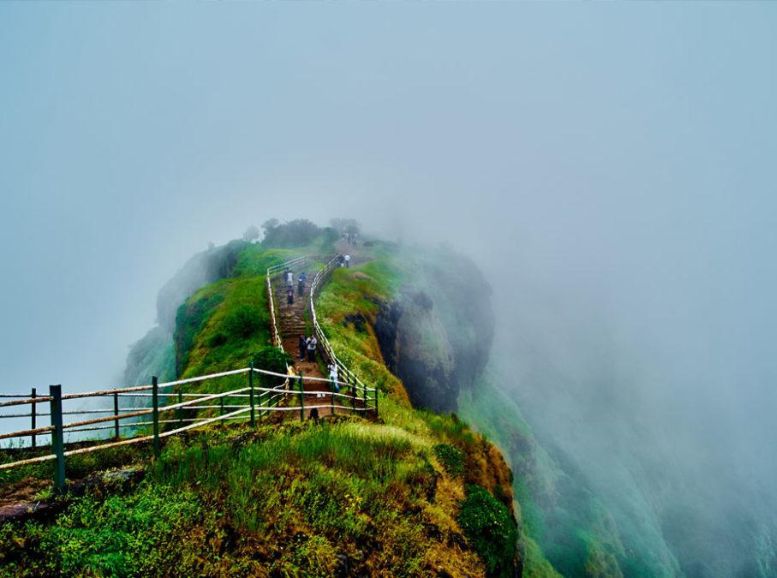

Perched amidst the lush Western Ghats, Mahabaleshwar entices visitors with its panoramic viewpoints, verdant valleys, and refreshing strawberry farms. A retreat from the hustle and bustle of city life, this charming hill station captivates with its serene ambiance and cool climate, making it a perfect getaway for families and honeymooners alike.
Nashik – Where Wine Meets Spirituality:
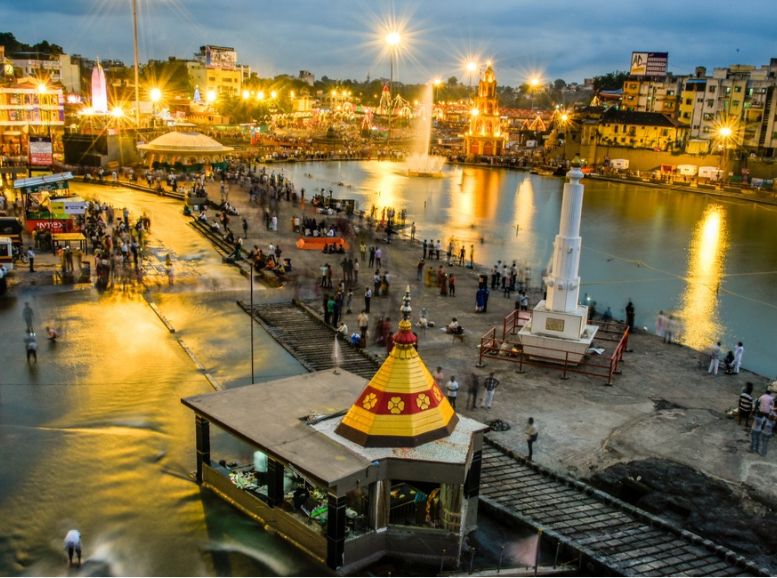

Beyond its spiritual significance as the abode of Lord Rama during his exile, Nashik has emerged as India’s wine capital, boasting vineyards that produce some of the finest wines in the country. However, amidst the lush vineyards and picturesque temples, Nashik retains its timeless charm, inviting visitors to partake in its rich cultural heritage and tranquil surroundings.
Alibaug – Serenity by the Sea:
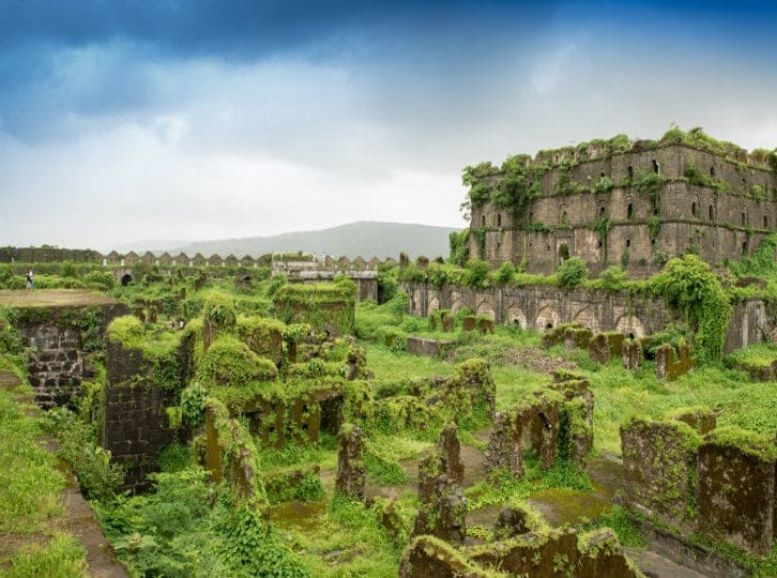

With its pristine beaches, historic forts like the Kolaba Fort, and a laid-back coastal vibe, Alibaug beckons travelers to unwind and reconnect with nature. Whether it’s basking in the golden rays of the sun, exploring the remnants of Maratha glory, or indulging in exhilarating water sports, Alibaug promises an idyllic escape from the rigors of urban life.
Aurangabad – Gateway to the Past:
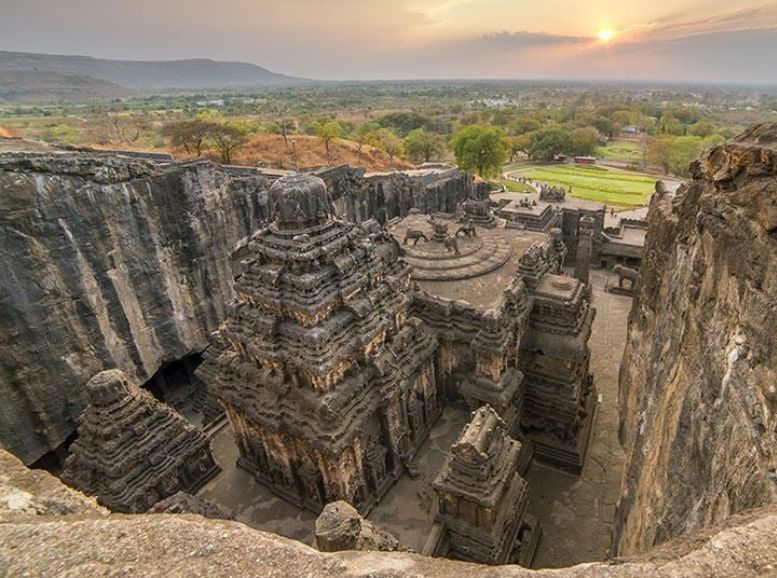

Steeped in history and architectural splendor, Aurangabad serves as the gateway to the UNESCO-listed Ajanta and Ellora Caves. Yet, beyond its ancient allure, Aurangabad boasts architectural marvels like Bibi Ka Maqbara and a vibrant street food scene that tantalizes the taste buds and beckons travelers to embark on a journey of discovery and delight.
Shirdi – Pilgrimage to Peace:
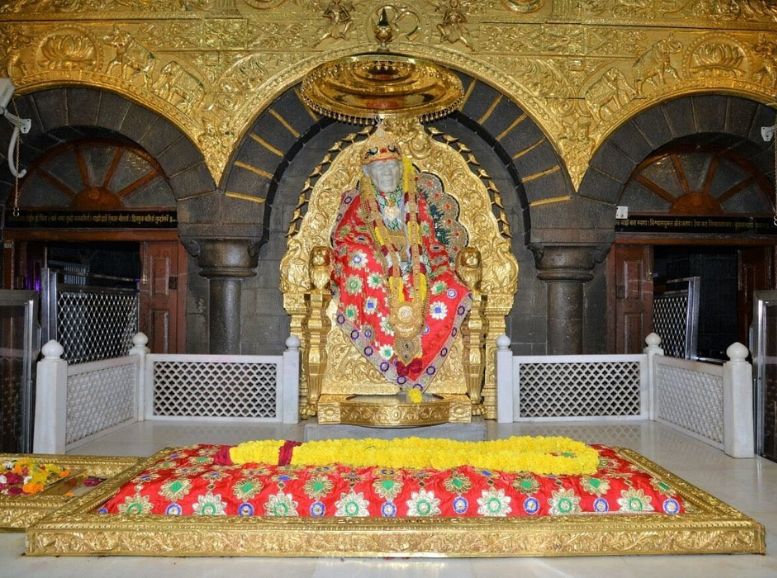

Devotees flock to Shirdi from far and wide to seek blessings at the sacred shrine of Sai Baba, whose teachings of love, compassion, and selflessness continue to inspire millions. Amidst the serene surroundings and the aura of divinity, Shirdi offers solace to weary souls and serves as a beacon of hope and faith for pilgrims on their spiritual quest.
Ratnagiri – Coastal Charms and Mango Delights:
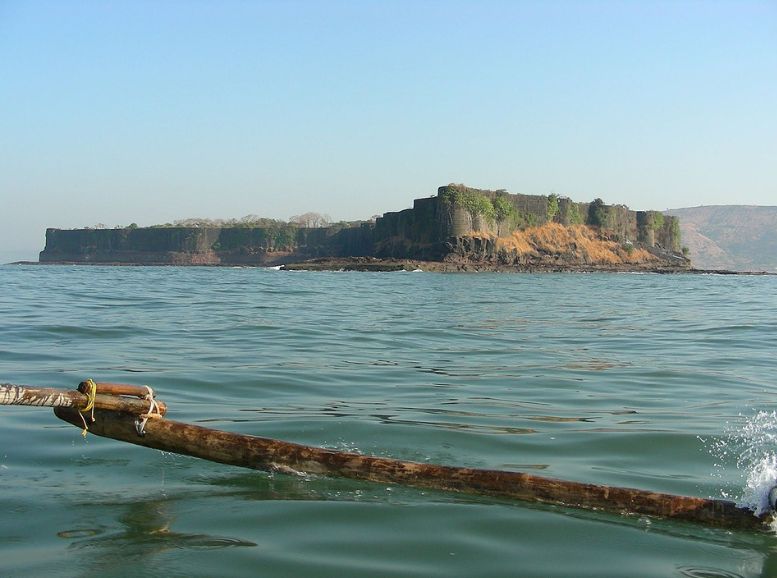

With its sun-kissed beaches, historic forts, and succulent Alphonso mangoes, Ratnagiri beckons travelers to immerse themselves in its coastal charms and culinary delights. Whether it’s lazing on the golden sands of Ganapatipule Beach or savoring the sweetness of its famed mangoes, Ratnagiri offers a sensory feast for the soul.
Tadoba Andhari Tiger Reserve – Into the Wild:
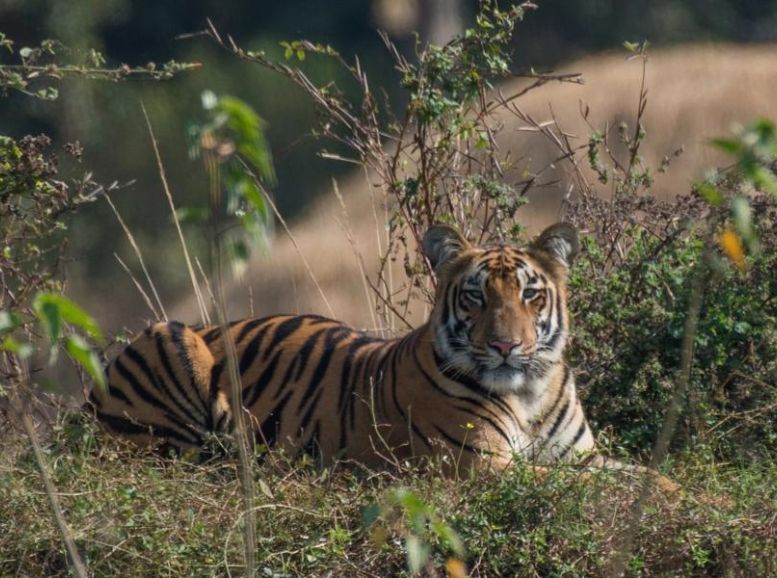

Nature enthusiasts and wildlife lovers find solace in the untamed wilderness of Tadoba Andhari Tiger Reserve, home to majestic tigers, elusive leopards, and a myriad of other wildlife species. Embarking on a safari through its dense forests, visitors are treated to exhilarating encounters with nature’s most magnificent creatures, leaving them with memories to cherish for a lifetime.
Matheran – A Journey Back in Time:
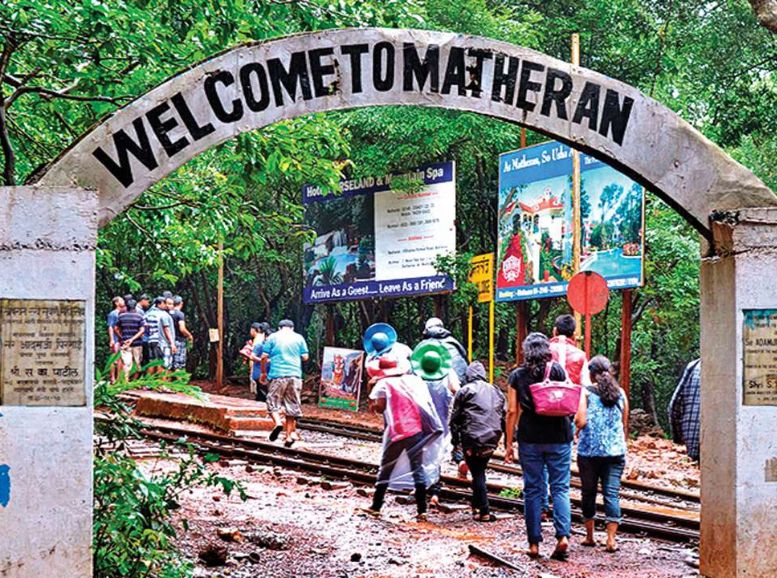

Step back in time as you traverse the quaint pathways of Matheran, India’s smallest hill station where motor vehicles are prohibited, preserving its old-world charm and pristine beauty. From leisurely walks amidst lush greenery to exhilarating toy train rides offering panoramic vistas, Matheran promises a tranquil retreat away from the chaos of modern life.
Lavasa – India’s Hill City:
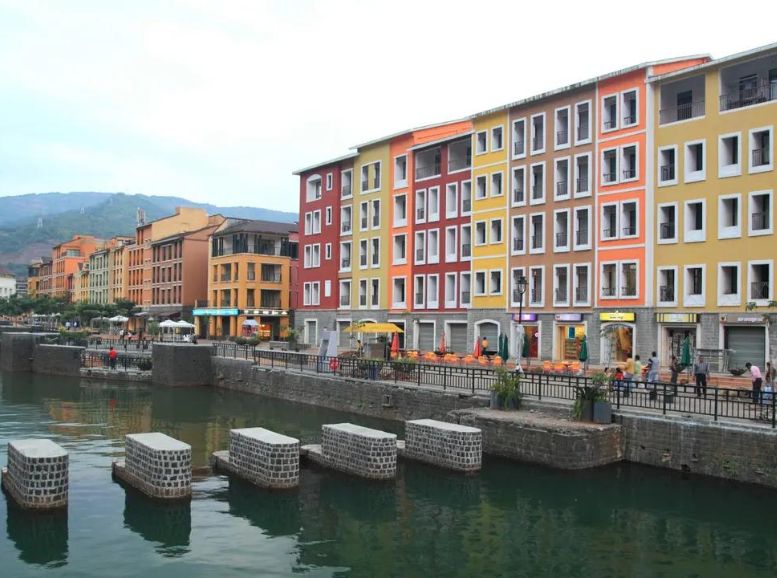

Nestled amidst the Sahyadri Mountains, Lavasa stands as a testament to harmonious urban planning and natural splendor. With its picturesque lakeside promenade, adventure sports activities, and vibrant cultural scene, Lavasa offers a perfect blend of leisure and excitement, captivating visitors with its scenic beauty and serene ambiance.
Elephanta Caves – A Glimpse into the Past:
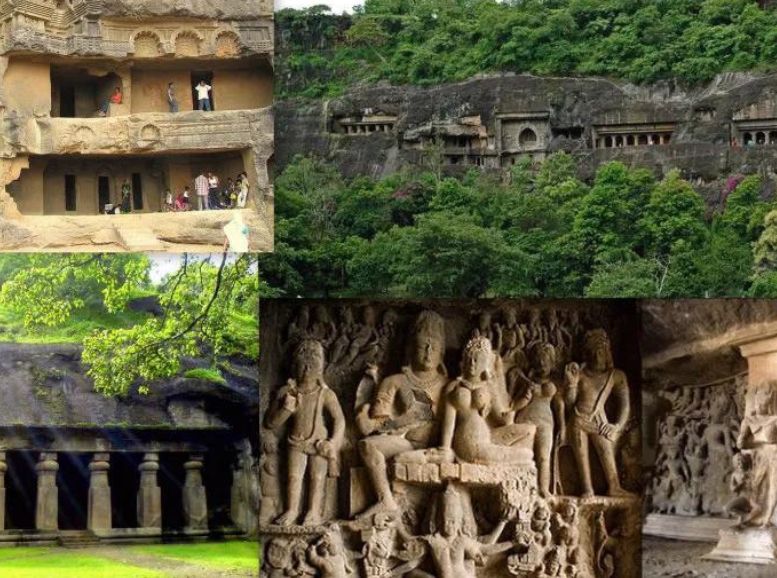

Embark on a journey through time as you explore the ancient rock-cut caves of Elephanta Island, a UNESCO World Heritage Site that boasts awe-inspiring sculptures and intricate carvings dating back to the 5th to 8th centuries. Marvel at the grandeur of the colossal statues of Hindu deities and immerse yourself in the spiritual aura that pervades this sacred site.
Bhimashankar – Where Faith Meets Nature:
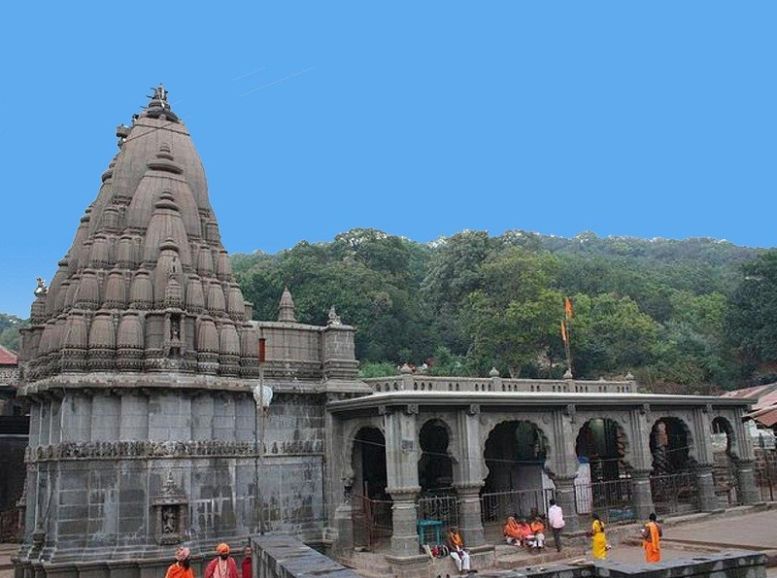

Set amidst the lush forests of the Sahyadri range, Bhimashankar is revered as one of the twelve Jyotirlinga shrines dedicated to Lord Shiva. Beyond its religious significance, the region offers pristine landscapes, thrilling trekking trails, and abundant biodiversity, inviting travelers to embark on a spiritual and adventurous journey amidst nature’s bounty.
Sindhudurg – Forts and Beaches:
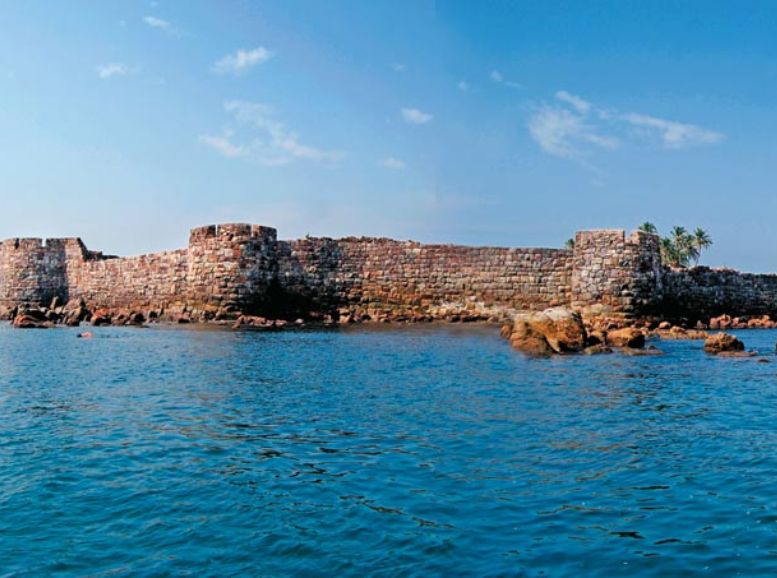

History comes alive amidst the rugged coastline of Sindhudurg, where the imposing Sindhudurg Fort stands as a testament to Maratha valor and ingenuity. Beyond its historic forts, Sindhudurg enchants visitors with its pristine beaches like Tarkarli, where azure waters and golden sands beckon travelers to unwind and soak in the coastal splendor.
Chikhaldara – Amidst the Clouds:
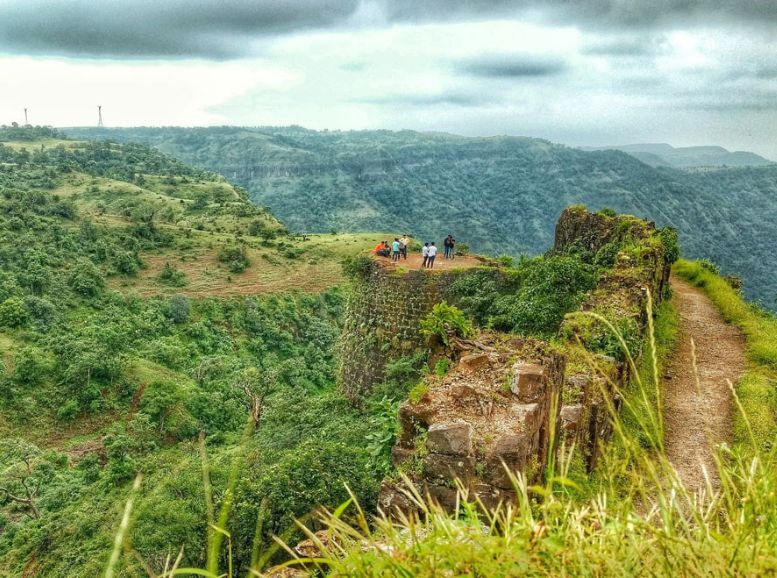

Cradled in the lap of the Satpura range, Chikhaldara is Maharashtra’s only hill station in the Vidarbha region, offering a tranquil retreat amidst mist-laden valleys, cascading waterfalls, and verdant forests. Whether it’s embarking on wildlife safaris in the Melghat Tiger Reserve or relishing the panoramic views from its scenic viewpoints, Chikhaldara promises an enchanting escape into nature’s embrace.
Bhandardara – Nature’s Abode:
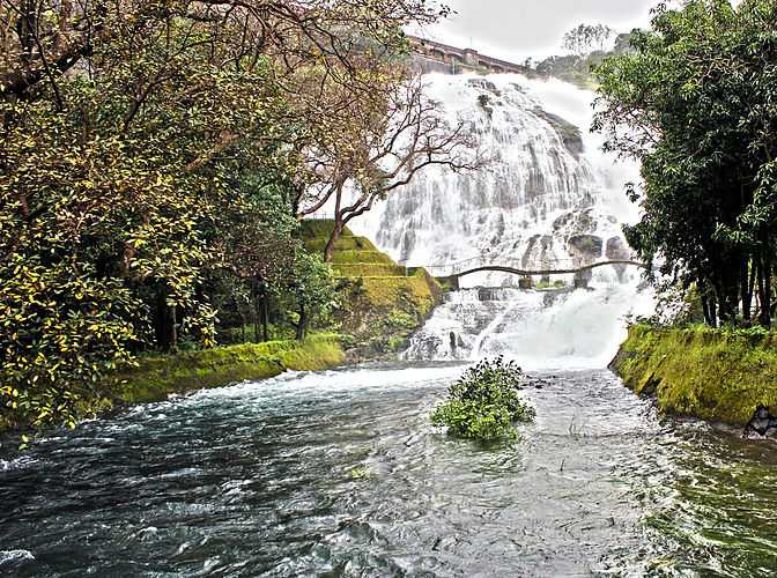

Serenity pervades the air of Bhandardara, a picturesque hill station nestled amidst the Sahyadri range, blessed with pristine lakes, gushing waterfalls, and historic forts. Whether it’s camping under the starlit sky at Arthur Lake, trekking to the majestic Ratangad Fort, or simply reveling in the tranquility of its natural surroundings, Bhandardara offers a rejuvenating respite from the chaos of city life.
Ganpatipule – A Divine Retreat:
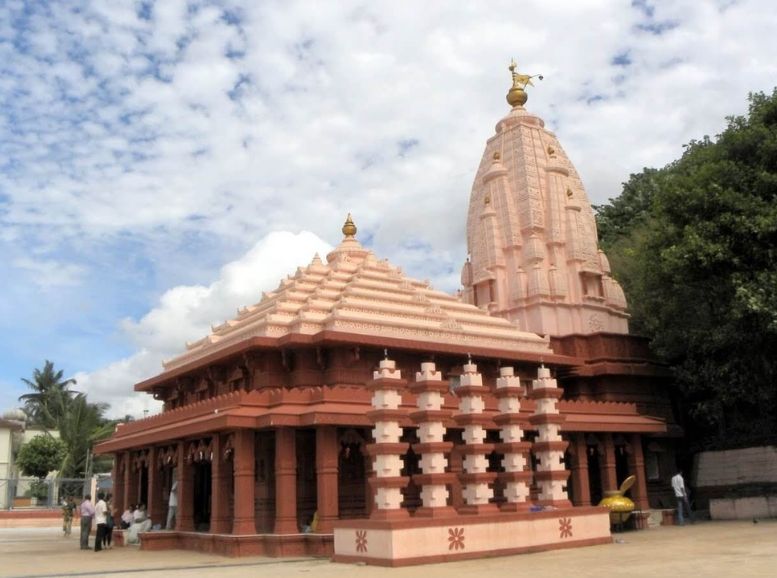

Set against the backdrop of the Arabian Sea, Ganpatipule entices travelers with its tranquil beaches, the revered Ganpati Temple, and the unique red sand beach that adds to its allure. Whether it’s offering prayers to the benevolent deity or strolling along the shoreline as waves gently caress the shore, Ganpatipule offers a divine retreat where one can seek solace amidst nature’s bounty.
Go Beyond the Tourist Trail:
- Trek the Sahyadri Mountains.
- Witness the Enchanting Kanheri Caves.
- Discover the Untamed Beauty of Bhandardara.
- Unravel the History of Ajanta and Ellora Caves (Beyond the Main Caves).
- Embrace the Colors of Warli Art.
- Experience the Thrill of Kolam Mahotsav.
- Savor the Delicacies of Malvan.
- Explore the Culinary Delights of Kolhapuri Cuisine.
- Unwind with a Cup of Masala Chai.
- Explore the Majestic Daulatabad Fort.
Live Like a Local:
- Village Homestays: Get a taste of real life by staying in a cozy village home. Feel the rhythm of rural life and indulge in delicious home-cooked Maharashtrian food.
- Street Food Safari: Embark on a delicious adventure – bite into crispy Vada Pav, warm Poha, and rustic Bhakri. For dessert, sweet Puran Poli and Modak await.
- Learn a few basic Marathi phrases: Greet people with “Namaskar” (hello), say “Dhanyavad” (thank you), and learn numbers 1-10. This small effort goes a long way in showing respect and appreciation to the locals.
- Go beyond restaurants: Venture into local markets and street food stalls to experience the true flavors of Maharashtra. Sample “Vada Pav” (potato fritter in a bun), “Misal Pav” (spicy lentil curry with bread), and “Sabudana Wada” (tapioca fritters).
- Embrace home-cooked meals: If you have the opportunity, enjoy a home-cooked meal with a local family. This is a fantastic way to experience authentic Maharashtrian cuisine and gain insights into local customs and traditions.
- Immerse yourself in local festivals: Participate in vibrant festivals like Ganesh Chaturthi, celebrating the elephant god Ganesha, or Gudi Padwa, the Marathi New Year. Witness the colorful processions, traditional music, and joyous celebrations that come alive during these festivals.
- Learn about local crafts: Visit villages and workshops to witness the creation of traditional handicrafts like Warli art, known for its intricate geometric patterns, or Kolhapuri chappals, handcrafted leather footwear.
- Engage with the locals: Strike up conversations with shopkeepers, taxi drivers, or fellow travelers. This is a great way to gain insights into local life, customs, and recommendations for hidden gems.
- Experience the local commute: Instead of relying solely on taxis or private vehicles, try using local buses, trains, or rickshaws. This allows you to experience the local transportation system and interact with everyday people.
- Shop at local markets: Instead of shopping at large chain stores, support local businesses by shopping at traditional markets and shops. This not only benefits the local economy but also allows you to find unique souvenirs and handicrafts.
Don’t Miss These Gems:
Trek the Sahyadri Mountains:
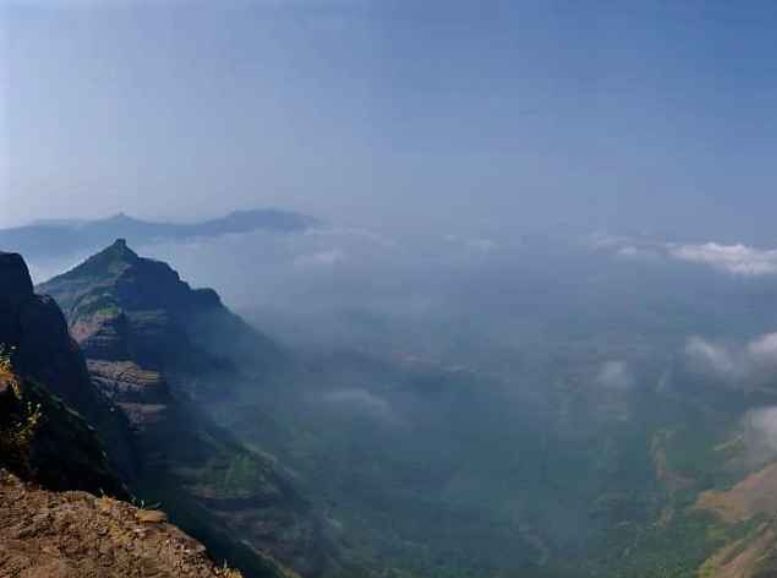

Embark on an adventurous trek through the majestic Sahyadri mountains, Maharashtra’s crown jewel. Explore the captivating forts like Almora Fort and Harishchandragad Fort, offering breathtaking vistas and historical significance.
Experience the Thrill of Kolam Mahotsav:
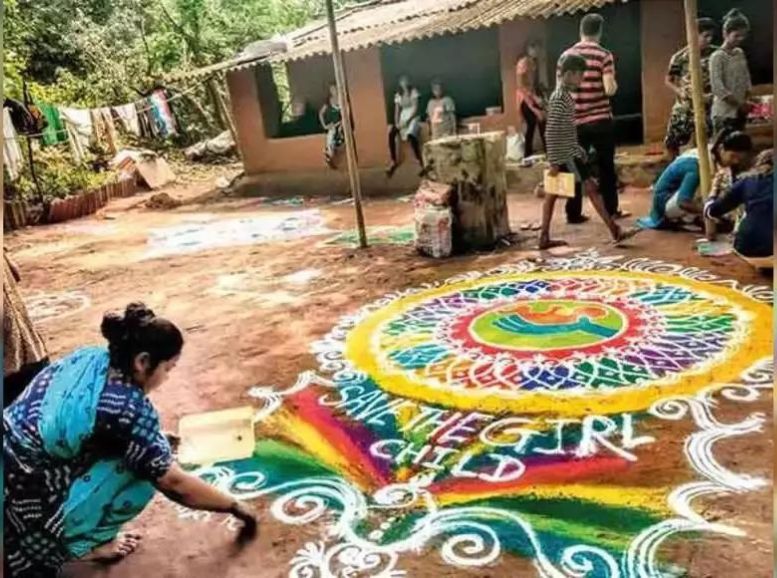

Witness the vibrant Kolam Mahotsav festival, held annually in Kolhapur. Immerse yourself in the creative energy as artists create intricate and breathtaking floor art using colored powders called “kollam.”
Savor the Delicacies of Malvan:
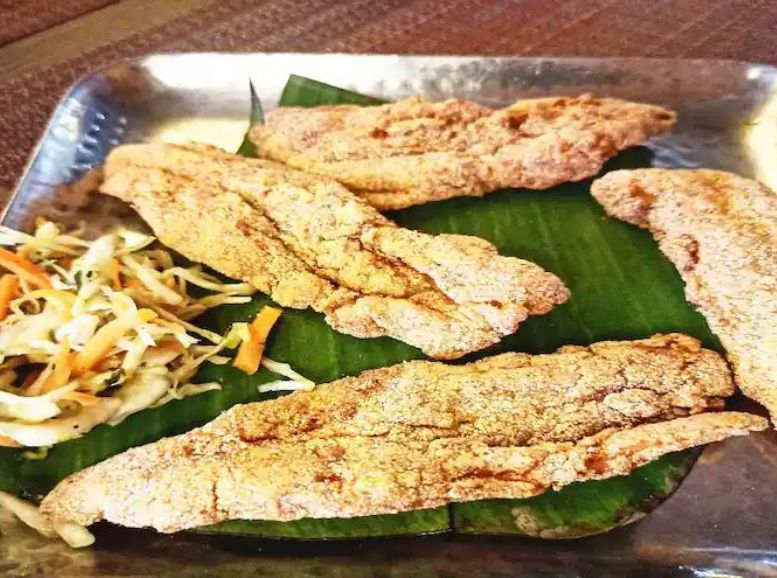

Explore the Culinary Delights of Kolhapuri Cuisine:
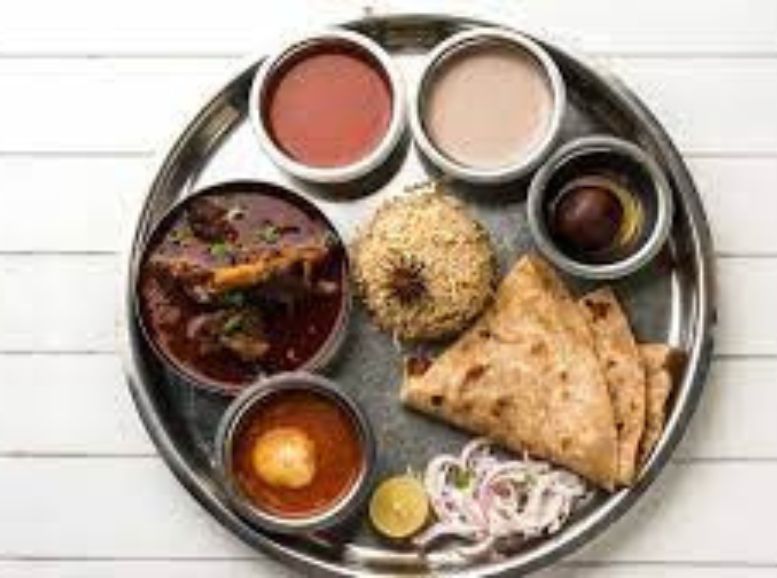

Embark on a culinary adventure in Kolhapur, renowned for its fiery and flavorful Kolhapuri cuisine. Sample the signature Kolhapuri mutton curry and relish the unique blend of spices that define this regional cuisine.
Ganesh Chaturthi Festival:
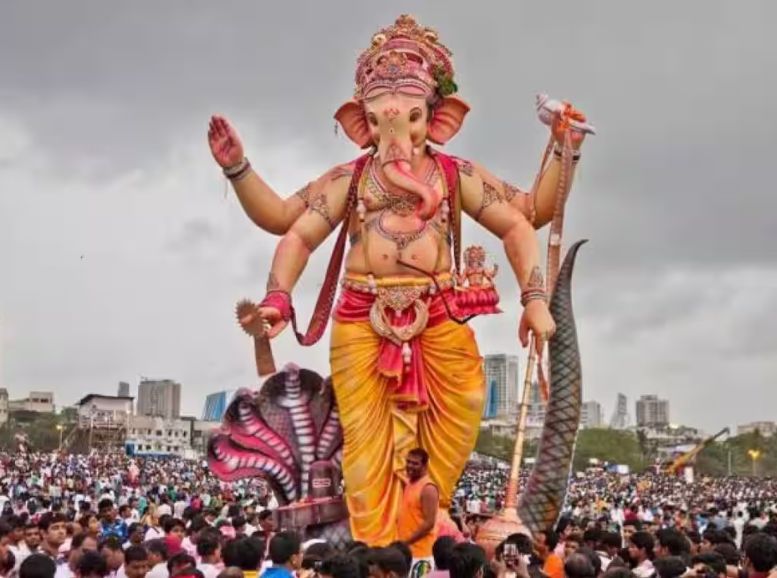

Ganesh Chaturthi is a Hindu festival that celebrates the birth of Lord Ganesha, the elephant-headed son of Lord Shiva and Goddess Parvati. It is one of the most widely celebrated festivals in India, particularly in the state of Maharashtra and other parts of Western and Southern India.
Unravel the Mysteries of the Sewri Fort:
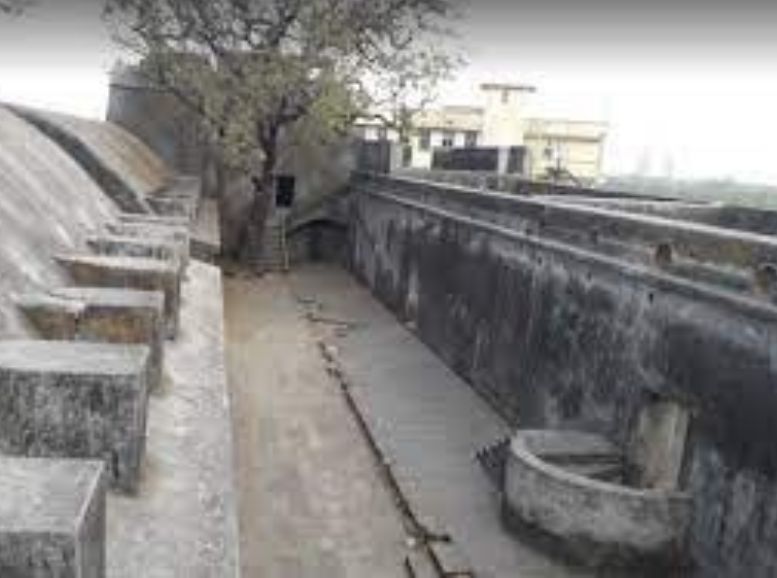

Explore the ruins of the historic Sewri Fort, situated amidst the bustling city of Mumbai. Discover the secrets of this 17th-century fort and witness the remnants of its once-grand architectu
FOOD Delights:
Malvani Fish Curry:
This iconic dish, hailing from the Konkan region, features fresh seafood cooked in a fragrant coconut-based curry with a distinct blend of spices, offering a burst of coastal flavors.
Sol Kadhi:
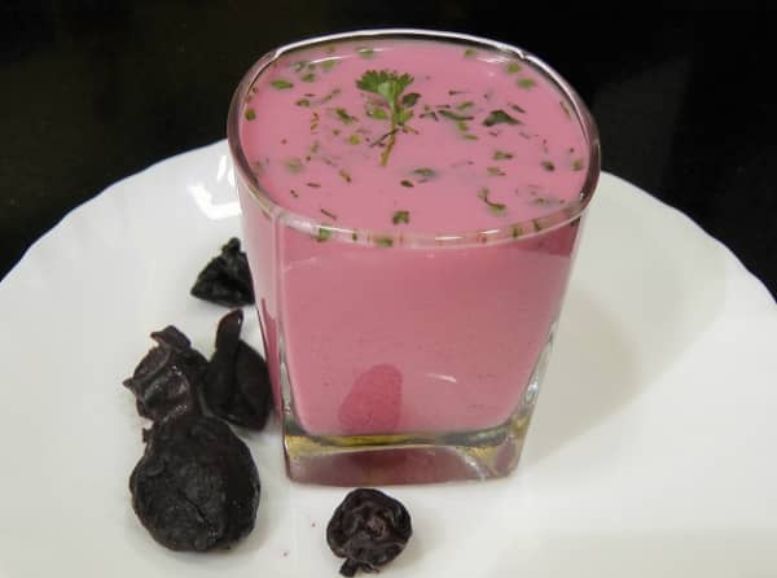

A refreshing coconut-based drink, tempered with kokum (a sour fruit) and curry leaves, Sol Kadhi is the perfect accompaniment to spicy seafood dishes, providing a cooling and calming effect.
Bombil Fry:
Bombay Duck (also known as Bombil) is a unique fish, often deep-fried and served with a spicy chutney. This dish is a local favorite and a must-try for adventurous foodies.
Misal Pav:
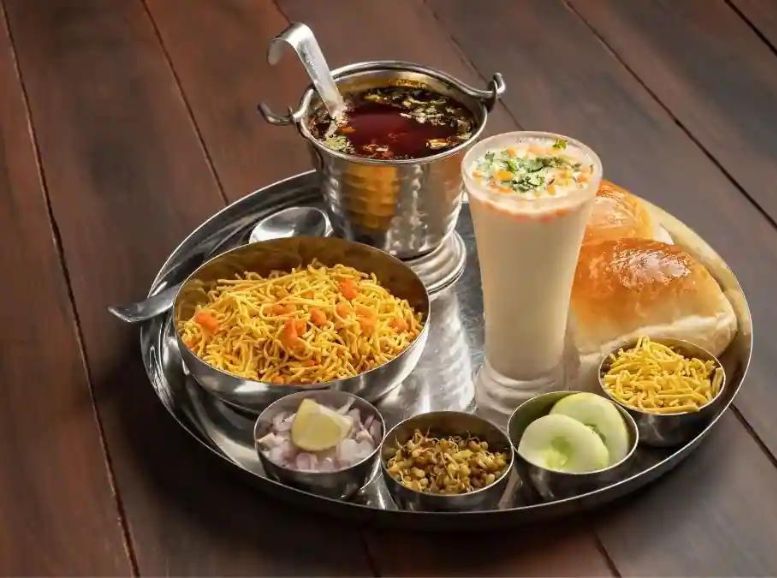

A popular street food, Misal Pav features a spicy lentil curry topped with chopped onions, tomatoes, and coriander, served with a soft bun (pav). This dish is a complete meal in itself, offering a satisfying combination of spice and comfort.
Vada Pav:
The quintessential Maharashtrian street food, Vada Pav features a deep-fried potato patty tucked inside a soft bun, and optionally drizzled with chutneys and fried green chilies. This pocket-friendly snack is a delicious and affordable way to experience local flavors.
Tips for Travelers:
- Getting Around: Maharashtra has well-connected roads that make exploring cities and villages easy, while the strong railway network takes you between major points, offering scenic views along the way.
- Language: Marathi is spoken widely, but English and Hindi are understood in most tourist areas.
- Cash and Cards: Carry a mix of cash and cards, as smaller towns may not always accept cards.
- Safety: While Maharashtra is generally safe, be cautious in busy areas. Keep your belongings close, respect local customs, and be aware of your surroundings during large events. Familiarize yourself with emergency contacts and healthcare options.
Conclusion:
As your Maharashtra adventure with Xplro comes to an end, you’ll carry a vibrant mosaic of experiences. From the city lights of Mumbai to the serenity of Mahabaleshwar, Maharashtra weaves a spellbinding tapestry of culture, history, and nature’s beauty.
So, immerse yourself in the warmth of the locals, savor the delicious food, and create lasting memories against the backdrop of ancient wonders and stunning landscapes. As you bid farewell to this enchanting land, take with you the essence of Maharashtra – a keepsake of cultural richness and vibrant moments. Bon voyage, fellow explorers! Share your stories and tips below, and let’s weave a collective tapestry of wanderlust and love for Maharashtra’s extraordinary wonders.
FAQs
What are the must-visit tourist destinations in Maharashtra?
- Maharashtra offers a diverse range of attractions. Some must-visit places include Mumbai, Pune, Ajanta and Ellora Caves, Lonavala and Khandala, Mahabaleshwar, Aurangabad, Nashik, and the hill stations of Matheran and Panchgani.
What is the best time to visit Maharashtra?
- The best time to visit Maharashtra depends on the destination and the activities you plan to undertake. Generally, the winter months (November to February) offer pleasant weather suitable for sightseeing and outdoor activities. However, hill stations like Mahabaleshwar and Matheran are also popular during the monsoon season (June to September) when the landscape is lush green.
What are some famous festivals celebrated in Maharashtra?
- Maharashtra is known for its vibrant festivals. Some popular ones include Ganesh Chaturthi, Diwali, Gudi Padwa, Navratri, and Makar Sankranti. The state also celebrates various cultural events like the Pune International Film Festival, Elephanta Festival, and Ellora Ajanta Festival.
What are the traditional dishes of Maharashtra that tourists must try?
- Maharashtra boasts a rich culinary heritage. Tourists should try traditional dishes like Vada Pav, Misal Pav, Pav Bhaji, Puran Poli, Sabudana Khichdi, Poha, and Modak. Seafood lovers can relish dishes like Bombil Fry (Bombay Duck), Kolhapuri Chicken, and Malvani Fish Curry.
How can tourists explore Mumbai’s attractions efficiently?
- Mumbai is a bustling metropolis with numerous attractions. Tourists can efficiently explore the city by utilizing local transportation options like suburban trains, buses, and taxis. Additionally, hiring a local guide can provide valuable insights into the city’s history, culture, and hidden gems.
Are there any trekking or adventure activities available in Maharashtra?
- Yes, Maharashtra offers several trekking and adventure opportunities. Places like the Western Ghats, Sahyadri Range, and forts like Rajmachi, Lohagad, and Sinhagad are popular trekking destinations. Adventure enthusiasts can also indulge in activities like paragliding, camping, and river rafting in locations such as Kamshet, Kolad, and Bhandardara.
Is it safe for solo female travelers to visit Maharashtra?
- Maharashtra is generally considered safe for solo female travelers. However, it’s advisable to take standard precautions like avoiding isolated areas at night, using licensed taxis or ridesharing services, and dressing modestly, especially in religious places.
